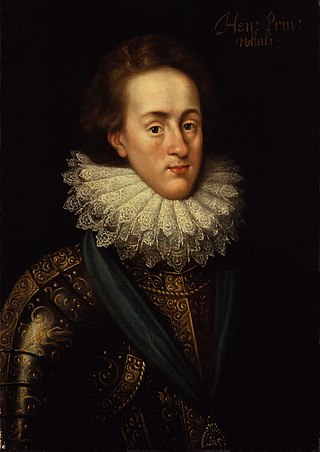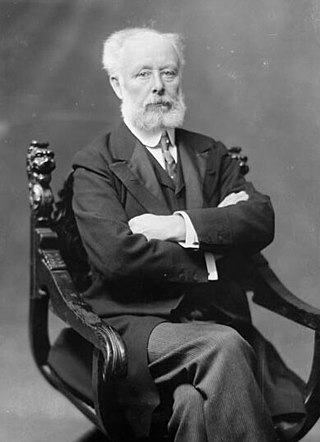Henry Prince may refer to:
- Henry Prince (politician), member of the New South Wales Legislative Council
- Henry Prince (chief) (c. 1819–1899), Saulteaux Indian chief
Henry Prince may refer to:
Henry may refer to:
A queen consort is the wife of a reigning king, and usually shares her spouse's social rank and status. She holds the feminine equivalent of the king's monarchical titles and may be crowned and anointed, but historically she does not formally share the king's political and military powers, unless on occasion acting as regent.

Princess Alice, Duchess of Gloucester was a member of the British royal family. She was the wife of Prince Henry, Duke of Gloucester, the third son of King George V and Queen Mary. She was the mother of Prince William of Gloucester and Prince Richard, Duke of Gloucester.

Henry Frederick, Prince of Wales,, was the eldest son and heir apparent of James VI and I, King of England and Scotland; and his wife Anne of Denmark. His name derives from his grandfathers: Henry Stuart, Lord Darnley; and Frederick II of Denmark. Prince Henry was widely seen as a bright and promising heir to his father's thrones. However, at the age of 18, he predeceased his father, dying of typhoid fever. His younger brother Charles succeeded him as heir apparent to the English, Irish, and Scottish thrones.

Prince Henry, Duke of Gloucester was a member of the British royal family. He was the third son of King George V and Queen Mary, and was a younger brother of kings Edward VIII and George VI. He served as Governor-General of Australia from 1945 to 1947, the only prince to hold the post.

Sir Louis Henry Davies was a Canadian lawyer, businessman and politician, and judge from the province of Prince Edward Island. In a public career spanning six decades, he served as the third premier of Prince Edward Island, a federal Member of Parliament and Cabinet minister, and as both a Puisne Justice and the sixth Chief Justice of Canada.

Henry IV, Part 2 is a history play by William Shakespeare believed to have been written between 1596 and 1599. It is the third part of a tetralogy, preceded by Richard II and Henry IV, Part 1 and succeeded by Henry V.
Prince Henry may refer to:
Henry, Prince of Wales may refer to:

Henry (VII) (1211 – 12 February 1242), a member of the Hohenstaufen dynasty, was King of Sicily from 1212 until 1217 and King of Germany (formally Rex Romanorum) from 1220 until 1235, as son and co-ruler of Emperor Frederick II. He was the seventh Henry to rule Germany, but in order to avoid confusion with the Luxembourg emperor Henry VII, he is usually numbered Henry (VII).

Prince Lerotholi Seeiso is a member of the royal family of Lesotho and the current heir apparent to the throne.

Niklot or Nyklot was a chief or prince of the Slavic Obotrites and an ancestor of the House of Mecklenburg. He became chief of the Obotrite confederacy, including the Kissini and the Circipani, between the years 1130 and 1131. He remained in this position until his death in 1160. At the same time he was Lord of Schwerin, Quetzin and Malchow. For nearly 30 years he resisted Saxon princes, especially Henry the Lion during the Wendish Crusade.

MacShane or McShane is an Irish surname. It derives from the Gaelic Mac Seáin or Mac Seagháin and evolved from the given name Shane, a derivative of John. Historically, the MacShanes from Ulster are a branch of the O'Neills, while in County Kerry, the surname was adopted by the Fitzmaurices.

Prince Henry's High School, formerly Prince Henry's Grammar School, is an upper school with academy status in Evesham, Worcestershire, England. It is a co-educational comprehensive high school, in which there are about 1,280 students enrolled, aged between 13 and 18. It is situated in the north of Evesham off the A4184, near the junction with the B4624, adjacent to the north of the railway, and serves the town of Evesham and surrounding villages.
Prince Henry of Prussia may refer to:
Henry IV may refer to:
Henry II may refer to:
The 1874 Birthday Honours were appointments by Queen Victoria to various orders and honours to reward and highlight good works by citizens of the British Empire. The appointments were made to celebrate the official birthday of the Queen and were published in The London Gazette in May and June 1874.